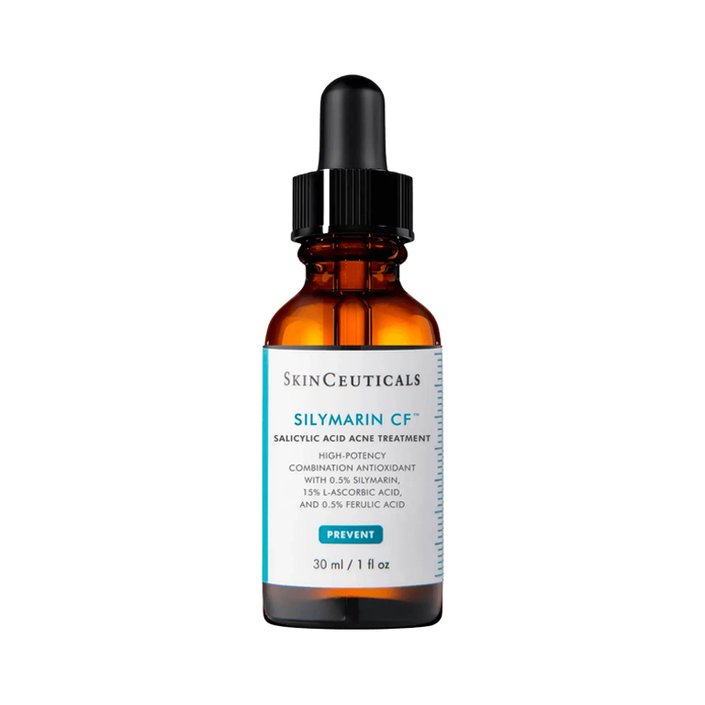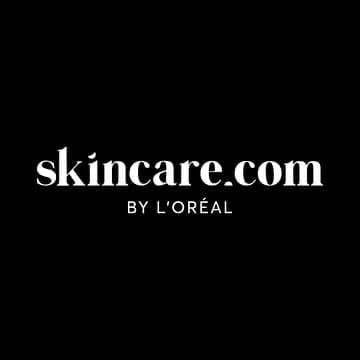What’s the Difference Between AHAs and BHAs?
December 19, 2022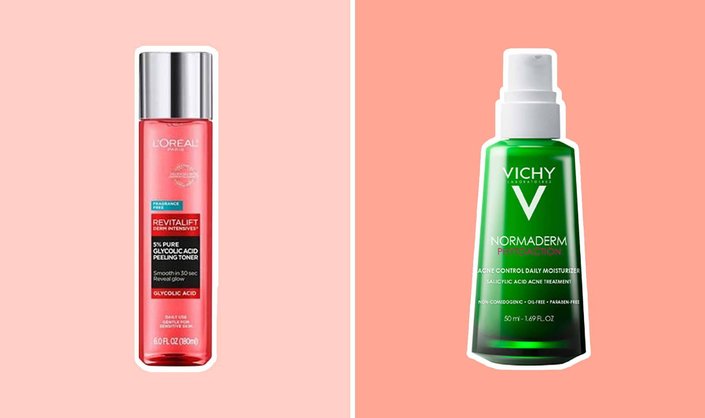
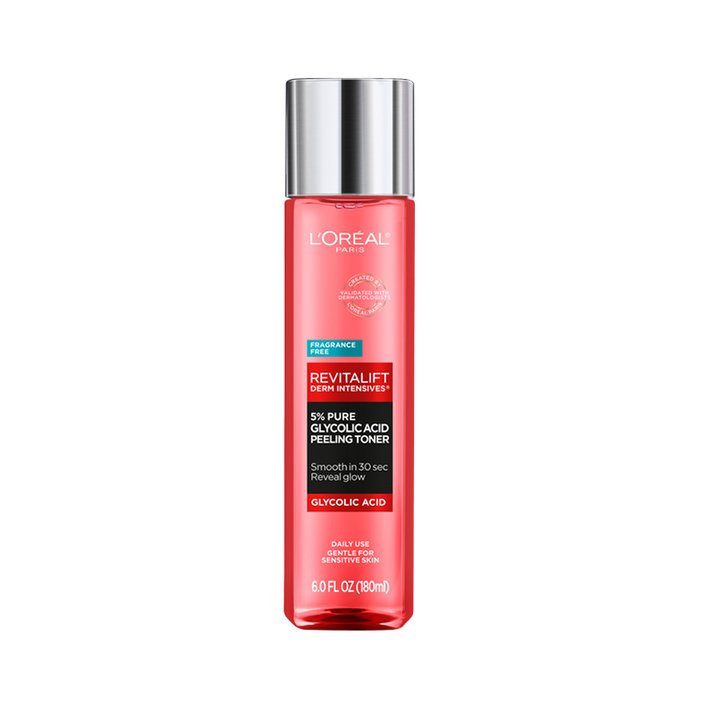
Youth to the People Mandelic Acid + Superfood Unity Exfoliant
This formula has a combination of both AHA (3% mandelic acid) and BHA (2% salicylic acid), along with a soothing proprietary superfood blend of kale, spinach, green tea and licorice root. It’s designed to clear pores and smooth skin texture. After cleansing, soak a cotton pad with the liquid and gently swipe it across your skin. Then, follow up with your favorite moisturizer.
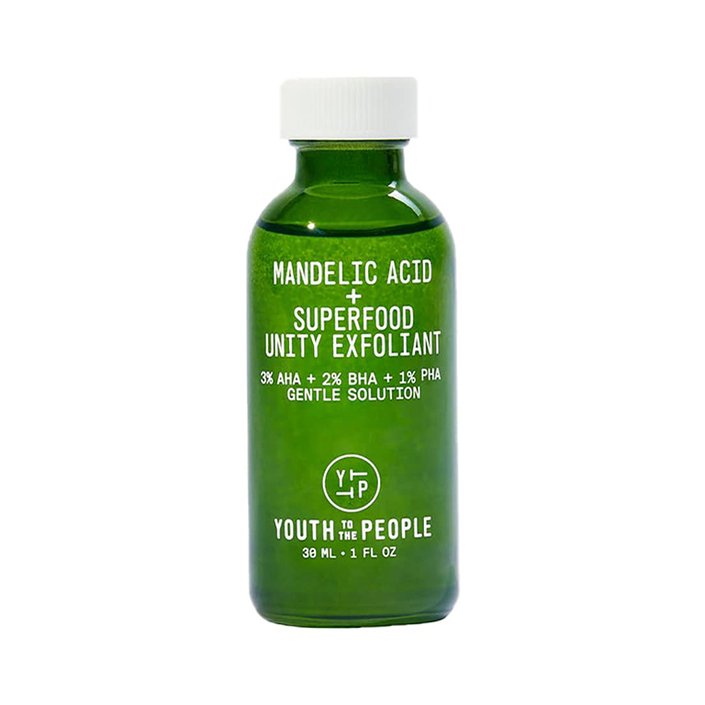
IT Cosmetics Bye Bye Pores Glycolic Acid Serum
Glycolic acid and hyaluronic acid come together for optimal pore minimization and extra plumpness in this popular serum. In fact, according to the brand, the formula helps to visibly reduce the appearance of pores in as little as a week. It’s also suitable for all skin types.
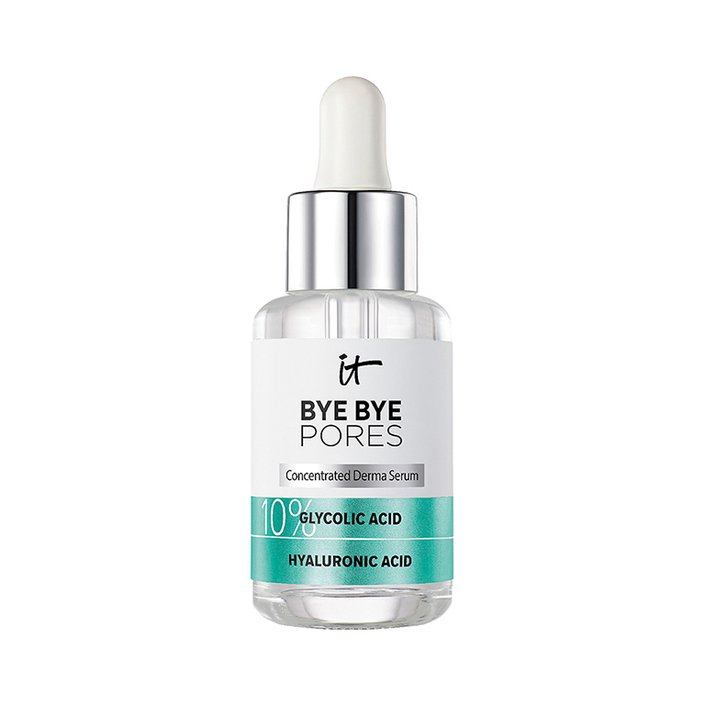
Kiehl's Ferulic Brew Antioxidant Facial Treatment With Lactic Acid
This combo of ferulic and lactic acids alongside hydrating squalane come from natural sources, and can help reduce visible signs of aging. The fragrance-free formula is meant to be applied after cleansing but before serums and moisturizers.
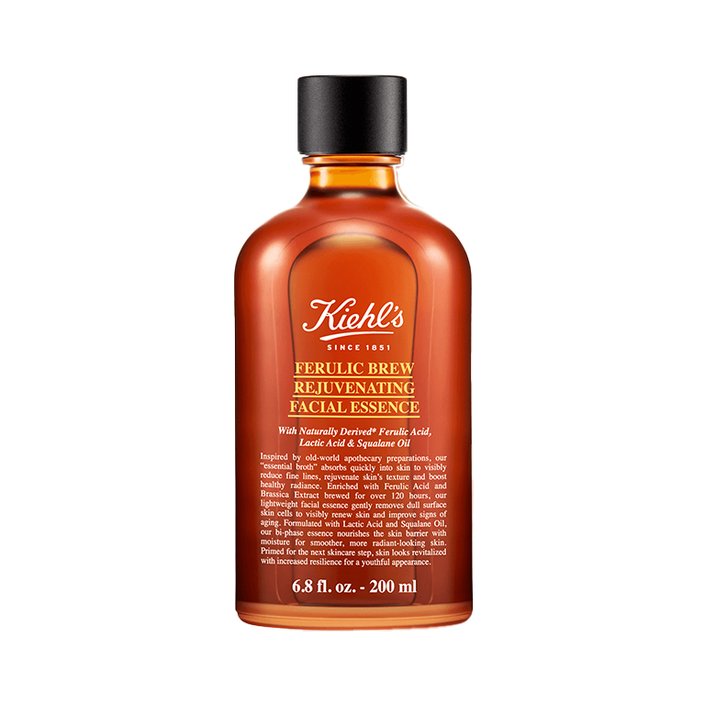
The Best BHA Skincare Products, According to Our Editors
Vichy Normaderm PhytoAction Acne Control Daily Moisturizer
This clinically-tested daily moisturizer contains 2% salicylic acid, pure hyaluronic acid, vitamin C and Vichy 15 Mineral-Rich Volcanic Water to help clear up acne blemishes, blackheads and enlarged pores in addition to effectively moisturizing the skin. It’s lightweight too, so it layers well under makeup.
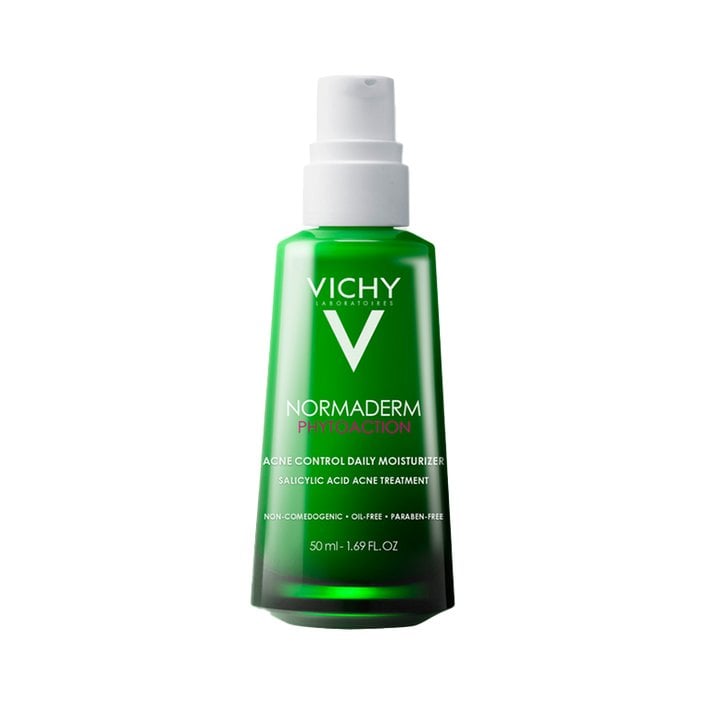
L’Oréal Paris 12% Pure Vitamin C + E + Salicylic Acid Serum
Fact: This isn’t your average vitamin C serum. We love that this non-comedogenic serum packs a three-ingredient punch for brightening and smoothing skin texture. According to the brand, it’s even safe for sensitive skin.
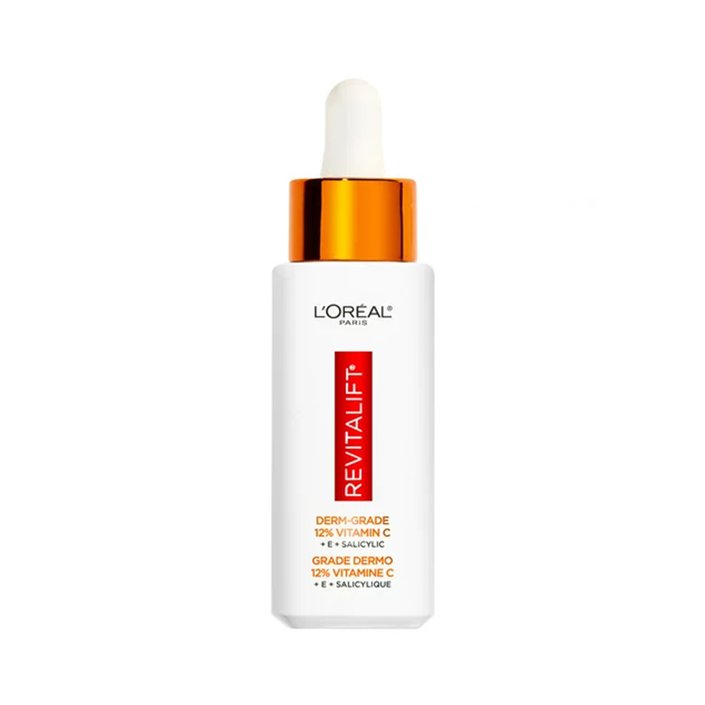
La Roche-Posay Effaclar Salicylic Acid Acne Serum
Need some assistance fighting off blemishes? This acne-fighting lightweight serum uses a blend of salicylic acid, glycolic acid and micro-exfoliating lipo-hydroxy acid to reduce breakouts, along with niacinamide and La Roche-Posay Thermal Water to help gently soothe skin and minimize skin irritation. If you’re adding this into your morning skincare routine, don’t forget to apply a broad-spectrum SPF 30 sunscreen before heading outdoors — no matter the season.
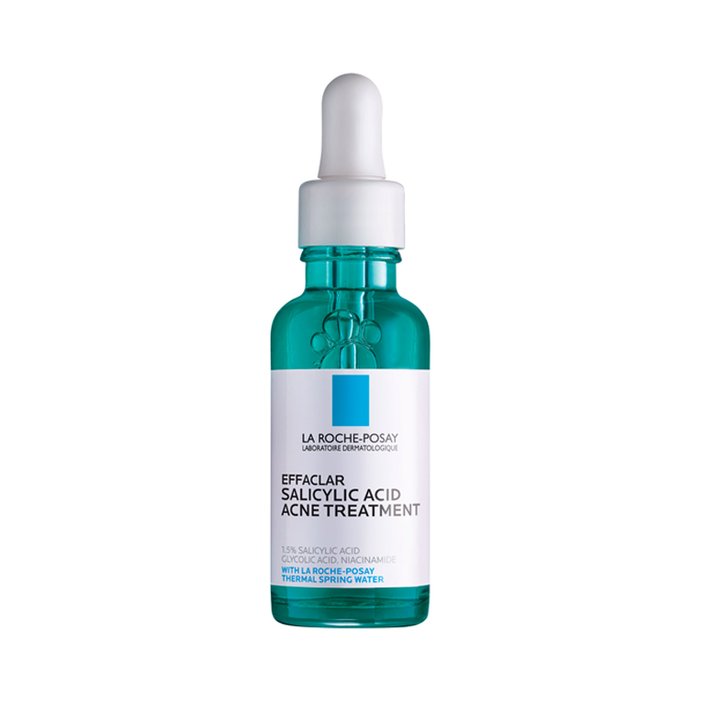
Lancôme Absolue Rose 80 Toner
Gorgeous packaging and noticeable results? Sign us up! Rose water mixes with salicylic acid to keep your skin hydrated and supple while working to brighten and reduce hyperpigmentation in this extremely luxe toner. According to the brand, it only takes a week of use for skin to feel smoother, too.
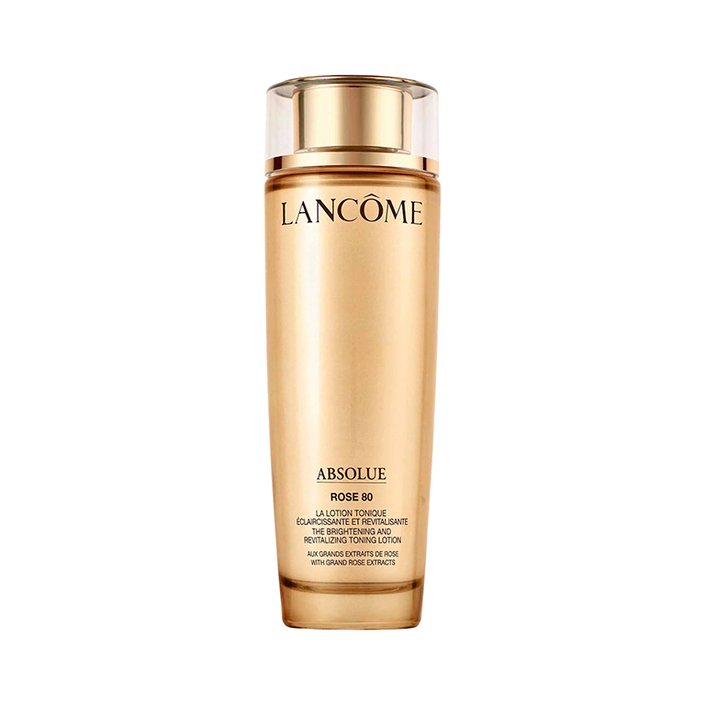
SkinCeuticals Silymarin CF Serum
This cult-classic serum should be your go-to if you have oily skin and clogged pores. It combines 0.5% silymarin (milk thistle extract), 15% l-ascorbic acid, 0.5% ferulic acid and 0.5% salicylic acid to help prevent oil oxidation that can lead to breakouts.
